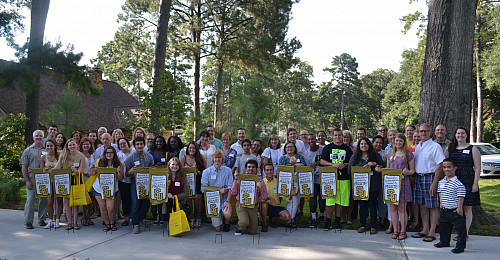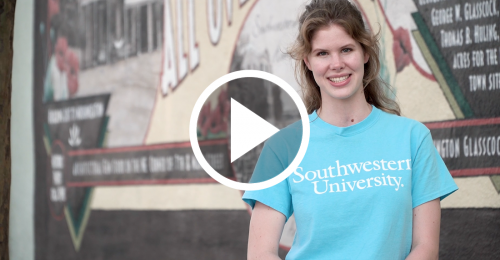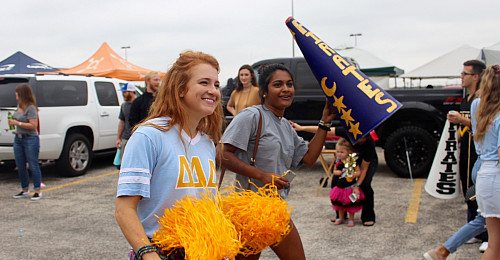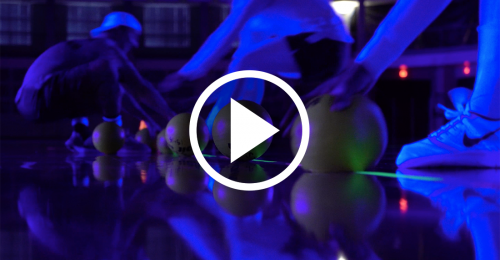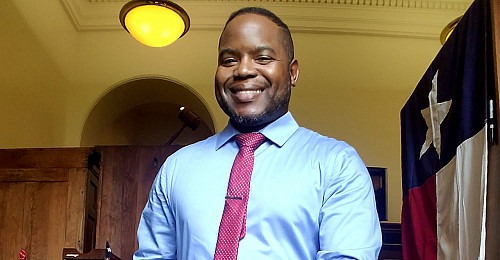
- hajovskp@southwestern.edu
- 512.863.1664
- Fine Arts 233
Patrick Thomas Hajovsky
Associate Professor of Art History
Expertise
The Art and Archaeology of Mesoamerica and the Andes
The Art History of the Spanish Colonial Period in Latin America
Ancient and Colonial Aesthetics and Embodiment in the Americas
Patrick Hajovsky researches pre-Columbian cultures of Mesoamerica and the Andes as well as the Spanish colonial Viceroyalties of New Spain (Mexico) and Peru. He teaches courses in the Arts of Mesoamerica and the ancient Andes, indigenous manuscripts and literacy, colonial Latin America, and Medieval and Golden Age Spain.
Hajovsky believes teaching is a process of immersing students in new ideas while equipping them with the necessary skills to communicate effectively about art and its history. His courses in pre-Columbian and colonial Latin American art not only provide a broad appreciation for art, but they also teach how to appreciate ancient and foreign objects according to their own aesthetic values, and, more importantly, how to relate these values to modern contexts. Class activities range from lectures and discussions about texts and images that develop ways of looking at different cultural practices, to writing assignments that develop strategies of describing context and providing relevant interpretations.
He is affiliated with the College Art Association, the Association for Latin American Art, the Latin American Studies Association, the Renaissance Society of America, and the American Society for Ethnohistory.
Hajovsky received his Ph.D. from the University of Chicago in 2007.
In the News

